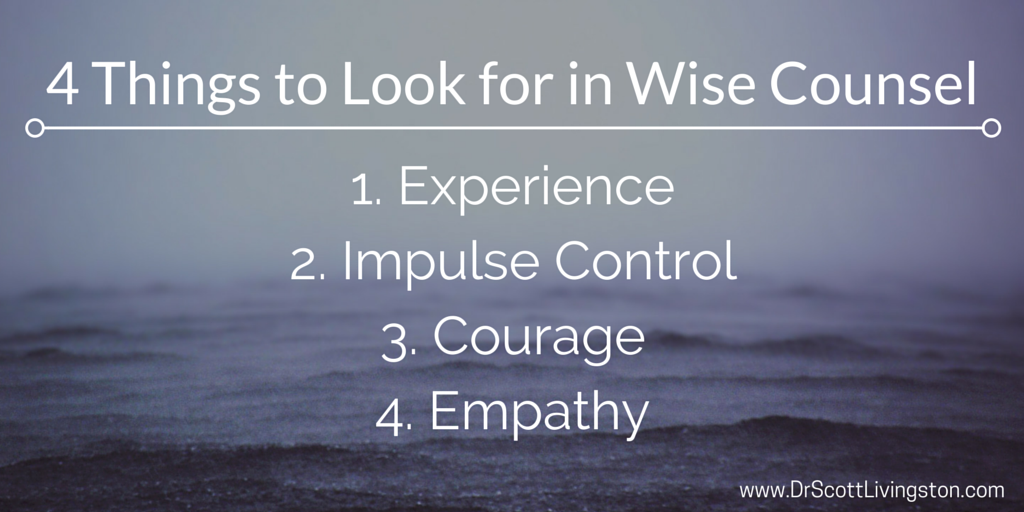A Familiar Story with a Coaching Twist
For me, a great illustration of coaching takes place in Charles Perrault's story of Cinderella. Undoubtedly, you are familiar with this classic story in which a young girl from a rich family is deprived of her rightful station in life through some tragic misfortunes. She finds herself in a place where she does not want to be, in a house with her ugly and mean stepsisters.
Destined for a role in domestic servitude, Cinderella is forced to keep up with the endless menial chores and carry the responsibilities of others. The poor girl has a brutally difficult time trying to keep up with it all, not to mention endeavoring to meet the priorities of far too many bosses.
Cinderella's goal, however, is to attend the royal ball in the palace where her Prince Charming resides. It is there where she will find happiness, fulfillment, and contentment.
But, alas, how is Cinderella to get from the state in which she presently finds herself to that place where she wants to be? She just doesn't seem able to get there alone.
Cinderella as a Metaphor for Coaching
In this metaphor, Cinderella represents many of the people who benefit from coaching. People, not unlike our young hero, often feel stuck or trapped in places they don't wish to be. Many such people may even find themselves involved with others who don't treat them with dignity or respect. Yet, like Cinderella, they have no idea how to get to the proverbial ball and reach their goal.
The royal ball in this metaphor represents a goal, the desire to achieve. For so many of us the goal seems far off, even unachievable. How rewarding it would be to achieve such a high goal, yet the odds seem insurmountable.
Unlike what so often happens in our life, our illustration of the popular children's story finds Cinderella meeting her goal of attending the ball. There, her dreams are ultimately fulfilled.
The key question in all of this is: How does Cinderella get to the ball?
How Does Cinderella Get to the Ball?
Via a coach, of course!
Indeed, it is the coach that is Cinderella's transport. Her coach becomes her catalyst for change. The coach knows where she is at in her current state and is able to transport her to where she wants to be. The coach's role is to help the coachee understand where he or she is by invoking the skills and knowledge that the coachee already possesses in order to solve his or her own problems. This results in the coachee transporting himself or herself to the place that represents the achieved goal.
This metaphor for coaching is exactly what an effective coach should do. Coaches actively assist others who are seeking change, clarity, new skills, or new behaviors. Coaches work to understand the person's current conditions and then help transport them to those places where they feel more alive and fulfilled.
Note the Role of The Coach
The role of the coach is a helping relationship to assist the person in achieving the goals they desire. One of the first jobs of the coach is to ensure that the goals of the individual being coached are aligned with the goals of the organization. Without proper goal alignment the person, the coach, and the organization may all be headed in opposite directions.
This role of a coach is one that is collaborative and impartial, having the coachee's best interest in mind. The heart of this relationship is centered on positive goal attainment and mutually agreed upon solutions. Coaching should rarely be authoritarian or autocratic in nature. Effective coaches avoid merely pointing out deficiencies and identifying problems for the person to figure out on their own.
If you want to ensure that your coaching sticks with your followers it is imparitive that you use good adult learning principles. Being an effective leader in organizations mandates that you follow proven structures as to how adults learn best.
7 Adult Learning Principles for Effective Coaching**
1. Adults Are Self-Directed Learners This means that the person we are coaching takes the initiative and the responsibility for what occurs. This is a huge shift of the burden of responsibility for what is being learned from the coach to thecoachee. In organizations where there is a reporting structure, the coach may be accountable for the overall success of the person or the team, but they are not directly responsible for the actions of the individual being coached.
2. Adults Are Goal-Oriented For adults, this means having a clear vision of the target, as well as an understanding of the need, before they learn. Goal orientation is really about motivation and examines the reasons why people might do things. In your coaching it is really important for your followers to understand not only the goal you are trying to hit but why this goal is important, and how it is attached to a bigger picture or vision for your organization.
3. Adults Use Life Experiences in Learning Ralph Waldo Emerson said, “Life is a succession of lessons which must be lived to be understood.” Those adult followers in our organizations have come with so many experiences that can be used in helping them get to higher levels of performance. The very best teachers use common experiences to help us gain new insights and understanding. I remember going to my first strategic management course and being introduced to the concept of the “dashboard” as a metric for overall performance. For example the “dashboard” in my car tells me how fast I am going, how much gas is in the tank, and the charge on my battery. A “dashboard” can be created to measure the overall performance of the organization. Using life experience, things the follower has already accomplished, can be a great coaching tool for future learning.
4. Adults Need Learning to Be Relevant to Real-Life Issues As it relates to coaching this one seems rather obvious. As you coach for skill improvement or behavior change, helping the person you are coaching see beyond the immediate issue toward a bigger picture is key.
I can remember being very young in my career as a market analyst and presenting a sales force forecast for how many sales professionals we would need for a new product being launched. In the presentation, I referred to the professionals as “salesmen." My manager at the time coached me on how biased and insensitive I was in calling the professionals “salesmen." “That is what everyone in the company calls them," was my reply. “Yes," my manager said, "but I expect more than this from you. You are better than that." She was able to coach me on a real-life issue and attach the situation to something much bigger for me. I am eternally grateful to her for the impact her coaching has had on my career.
5. Adult Learning Must Be Practical to Their Life Coach to the standard, not your personal preferences. We all know supervisors who have certain idiosyncrasies. The caution here is to not coach people to be like you, but to the standard for the skill or behavior that is desired. If you are coaching to a way that you like to have things that are just your personal preference, you are stripping the individuality from the person. How you do something may go against their belief system or personal motivation.
Perhaps one of the best examples I see in organizations is response time to email or text messages. If there is a corporate culture that is a standard for response time then coaching to this standard is valuable. If you have a personal preference that is not standard for all people then why coach it? You might share your preference, but it is not fair or just to hold the other person accountable without making it a universal standard.
6. Adult Learning Is Intrinsically Motivated Ok, so this one is going to cause some controversy with some of you. Some of you feel that the only motivators that matter are extrinsic, things like money, salary increases or bonuses, new cars or computers, or even qualifications or job titles. However, the literature on how adults learn clearly shows that adults are much more motivated by intrinsic things such as increases in self-esteem and quality of life.
My research into the millennial generation shows this has much more relevance than with previous generations. It is not that this group doesn’t what to work hard, they do. But they have learned some of the errors of previous generations and want to work hard on their terms, and when they want to work. Quality of life matters to this group.As you are coaching be very cognizant of how you are maintaining the self-esteem, self-worth, and quality of life for your coachee. Screaming and yelling at someone on a football field might work, but it doesn’t bode well for leaders who are coaching in more traditional organizations.
7. Adults Must Feel Safe If They Are to Learn and Grow That brings us to the final consideration for your coaching skills and that is psychological safety. At any time if we as humans feel threatened, our “fight or flight” mechanism kicks in. This causes us to lose our ability to think clearly as we assess whether the danger we are facing is real or not.
I have seen this a lot when employees are being disciplined. The person has exhibited a behavior that is wrong or not up to a standard. The coach sits them down, and may even bring in Human Resources support as a third party to ensure the person hears the feedback. Then, in a directive manner, the coach tells the person what they did wrong and how they need to improve. The thought goes that the third party is there to ensure the message was said and heard. While you can validate that the message is said, this is not a good way to ensure that it was heard. If the person feels threatened there is a good chance that the message was not received as intended. A non-threatening, safe environment is needed for any good coaching to stick.
Applying good adult learning principles can take your coaching skills from good to great.
If you have any thoughts on this topic, please leave a comment below. I would love to hear your thoughts!
Bonus…Bonus…Bonus
If you are looking to incorporate good Adult Learning Principles to get the most out of your coaching, then download this free tool. As an ADDED BONUS this checklist has a couple of questions you can ask that are representative of good adult learning principles.
[mailmunch-form id="96725"]











